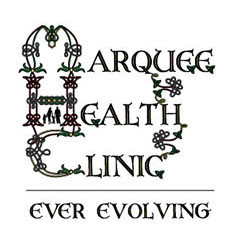The deltoid is a large triangular shaped muscle which lies over the glenohumeral joint (shoulder joint), which gives the shoulder its rounded contour. It consists of three muscle heads, the anterior deltoid, lateral deltoid, and posterior deltoid. All assist with arm elevation during a process called glenohumeral elevation and play a large role in the movement and overall stability of the shoulder joint and upper arm. The entire deltoid muscle spans from the spine of the scapula (shoulder blade) to the lateral portion of the clavicle (collarbone).
The anterior deltoid rotates the shoulder joint medially by drawing the arm inward. The lateral deltoid rotates the shoulder joint laterally moving the arm outward, referred to as abduction. The posterior deltoid rotates the joint laterally which moves the arm backward and outward.
The deltoid muscle is responsible for the brunt of all arm rotation and allows a person to keep carried objects at a safer distance from the body. It is also tasked with stopping dislocation and injury to the humerus when carrying heavy loads. One of the most common injuries to the deltoid muscle is a deltoid strain. Deltoid strain is characterised by sudden and sharp pain where injured, intense soreness, pain when lifting the arm out from the side of the body, tenderness and swelling caused by the deltoid muscle. Deltoid pain is usually caused by overusing your deltoid muscle without rest or proper warm-up. This increases your risk for a muscle strain or tear. Deltoid pain is more common in people who do a lot of strenuous exercise involving the shoulder, such as, weightlifting or swimming. You can also strain your deltoid muscle while doing repetitive activity that puts pressure on the shoulder, including typing with a keyboard that is too high.
The first steps after you injure your deltoid are rest, ice, and heat. Regular massage therapy can be helpful in not only reducing shoulder pain, but also preventing shoulder pain. No matter the cause of your shoulder pain, massage therapy can be used to effectively increase your range of motion, ease pain, and prevent further injury.
Ramon Tupac Perez
Remedial Massage Therapist
